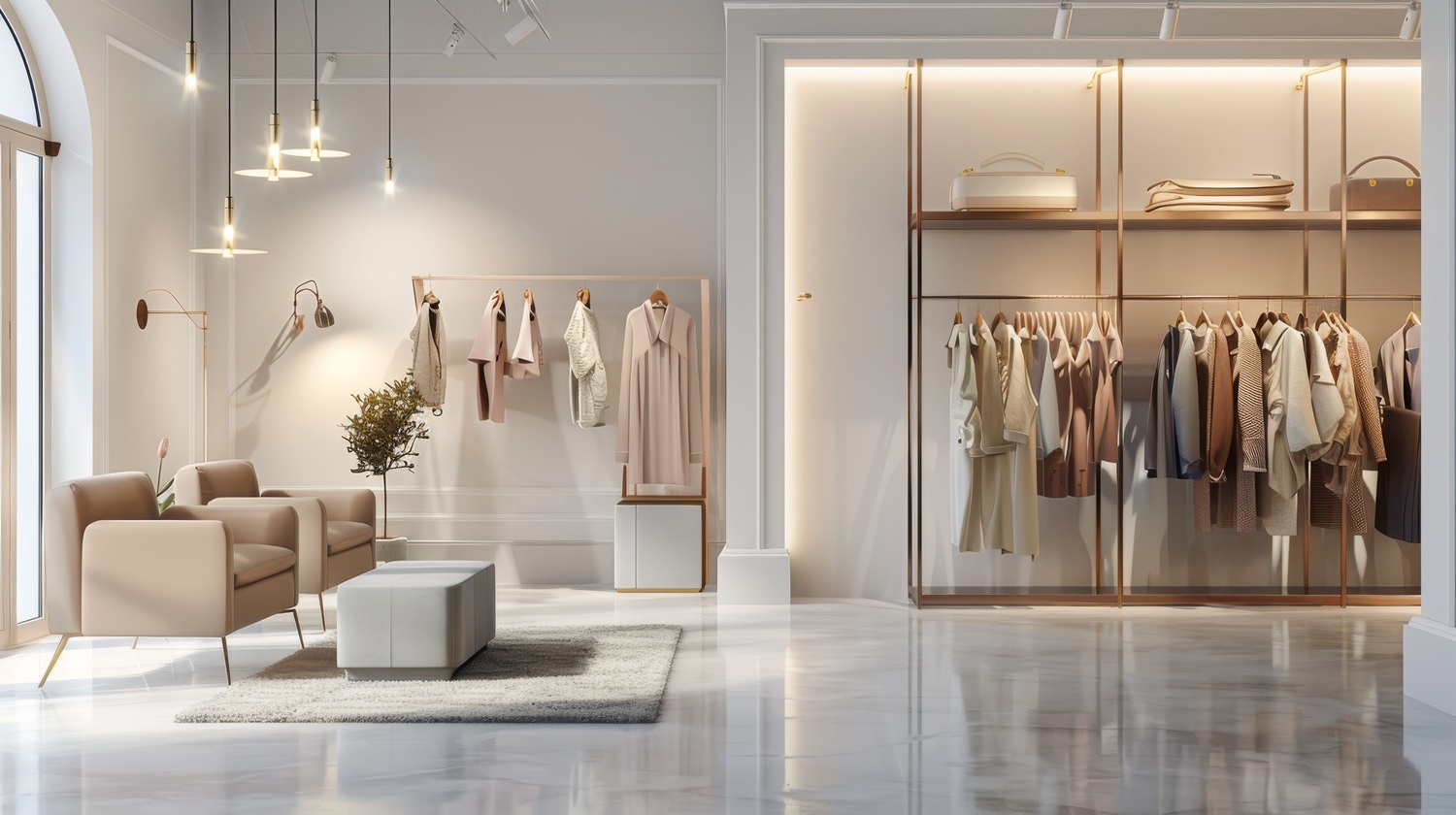
November 22, 2024
Incorporating Seating Areas for Customer Comfort
Seating areas play a crucial role in enhancing the customer experience within retail environments. Well-designed seating offers a space for rest, encourages longer visits, and improves overall satisfaction, ultimately boosting sales and customer retention. This guide explores how to integrate comfortable seating areas into retail spaces, balancing aesthetics and functionality.
The Importance of Comfortable Seating in Retail Spaces
Enhancing Shopping Comfort with Cozy Seating Areas
Comfortable seating areas provide shoppers with a place to relax during their visit, making the shopping experience more enjoyable. By offering cozy seating options, stores create a welcoming atmosphere that encourages customers to spend more time in the space, browse products at a leisurely pace, and make more considered purchases.
How Seating Options Improve Customer Satisfaction and Retention
Offering comfortable seating not only enhances the shopping experience but also boosts customer loyalty. When customers feel comfortable, they are more likely to return and recommend the store to others. Seating areas, especially in high-traffic or waiting areas, can also increase customer engagement by providing a space to recharge while they browse or wait for service.
Designing Cozy Seating Areas for Different Retail Environments
Choosing Furniture Styles for a Relaxing Shopping Experience
Selecting the right furniture style is key to creating inviting seating areas. Choose comfortable yet stylish seating that complements the store’s overall design. Soft, cushioned chairs, loungers, or benches in neutral tones can create a relaxing ambiance, while bold, colorful furniture can add energy and vibrancy to modern retail environments.
Strategic Placement of Seating Areas to Maximize Comfort and Flow
The location of seating areas is critical to both customer comfort and store flow. Place seating in areas where customers may need to wait, such as fitting rooms or near checkouts. Additionally, positioning seating near key product displays encourages browsing and interaction, while maintaining smooth customer traffic flow throughout the store.
Balancing Aesthetics and Functionality in Seating Area Design
Integrating Seating Areas with Store Decor and Layout
Seating areas should be seamlessly integrated into the store’s decor and layout. Use furniture that complements the overall aesthetic of the space, whether it’s modern, rustic, or minimalist. Ensure that seating areas fit naturally within the store’s design without distracting from the merchandise or obstructing customer flow.
Creating Inviting Seating Spaces Without Disrupting Store Efficiency
While seating areas enhance customer comfort, it’s important to ensure they do not interfere with the store’s efficiency. Plan seating areas in a way that allows for easy navigation and access to products. Avoid overcrowding the space with furniture, and ensure that seating complements the store’s operational needs without disrupting customer interactions or product visibility.
In conclusion, seating areas are an essential component of modern retail design. By incorporating cozy and well-placed seating options, retailers can significantly improve customer comfort, satisfaction, and retention, all while enhancing the overall shopping experience.


